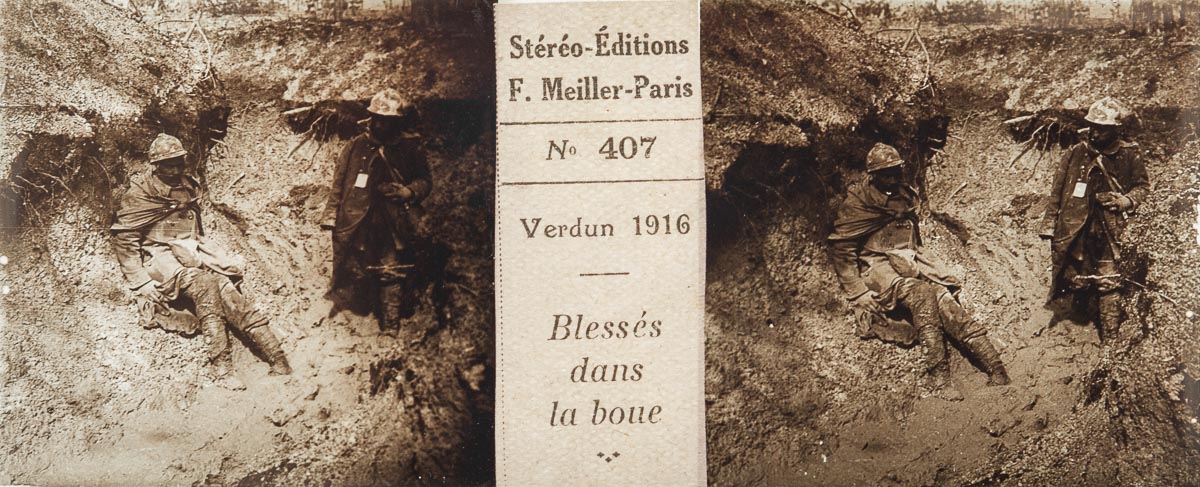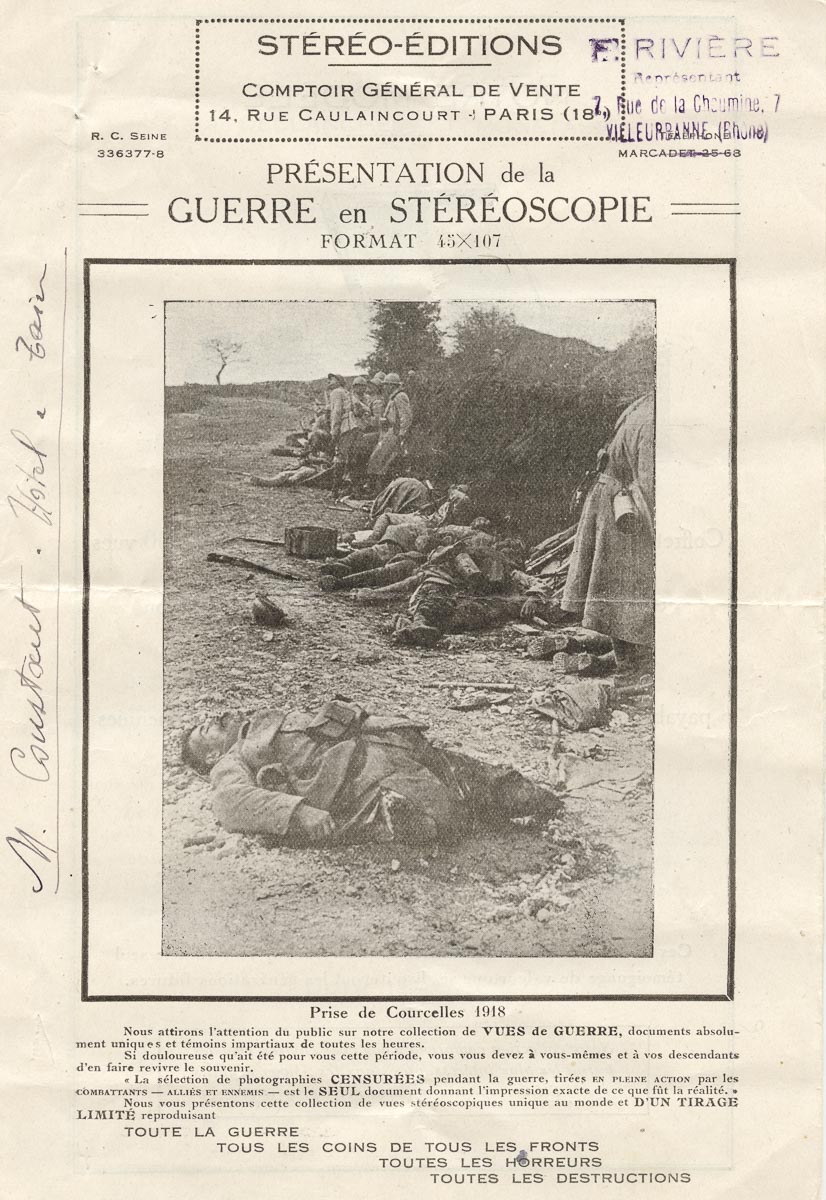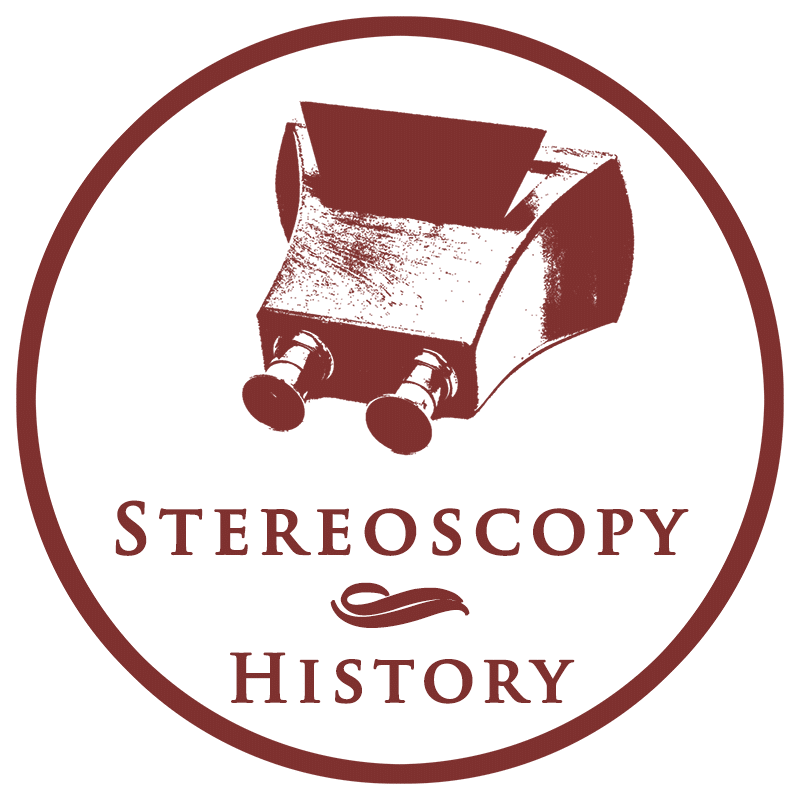
Stéréo-Éditions was a trademark of Jules Fernand Meiller (1891–1971)1. The company was located at 71, Boulevard Lamoureux, and there was a store at 39, Rue Gracieuse, in Paris. Meiller was a prominent manufacturer2, seller and wholesaler of stereoviews with scenes from the First World War. There are reasons to believe that Meiller was the wholesaler who published the stereoviews that are categorised as Brentano’s.
Meiller served during the First World War in the French army3. He started selling stereoviews after the war, and his company became a major player in the stereoview market in France. A report from the Exposition de Photographie in 1925 states the following4:
This stand was undoubtedly the one that drew the most attention. This is because Maison Meiller had collected a collection of striking war photographs in warm tones on Lumière-Jougla plates. They are not staged images, but war events experienced on the spot and captured with striking accuracy… the choice of an unrivalled collection and disturbing by reality, forced the success of this stand… their value is measured by the number of visitors that crowded behind the stereoscopes.
The company sold 45 x 107 mm and 6 x 13 cm glass stereoviews and paper card stereoviews. Many stereoviews were Stéréo-Éditions branded and sold in Meiller-branded cardboard boxes.
Stéréo-Éditions and Brentano’s
Brentano’s-styled stereoviews are characterised by the same images appearing with different numbers and styles. There are reasons to believe that Meiller was the wholesaler of Brentano’s images because:
- The views sold by Stéréo-Éditions can be linked to the Brentano’s style based on the presence of Stéréo-Éditions logos on the stereoviews. A Brentano’s image also appeared on the cover of a Meiller catalogue.
- Stéréo-Éditions advertised until the early 1930s with 30,000 to 50,000 stereoview titles of war scenes. The company claimed that the images were their property5. In other words, the company owned the rights. These huge numbers far exceed those of the other prominent manufacturer, Rolland of La Stéréoscopie Universelle, and emphasise the scale of the enterprise. Perhaps Meiller acquired collections from smaller publishers, which explains the diversity of styles and numbers.
- The Brentano’s collection contained many stereoviews with images of the American Expeditionary Forces in France, and the collections were also marketed in the United States. In an advertisement, Stéréo-Éditions claimed that the collections were the “only collection of its kind authorised by the American Legion”6. Meiller also advertised in The New York Herald in search of sellers in the United States7.
- Meiller ran the Comptoir, or Service Général de Vente, located at 14, Rue Caulaincourt. This part of the company sold glass stereoviews in wooden cases and stereoscopes through sales agents who received a commission. If desired, the products could be purchased on credit. It shows the scale and versatility of their distribution network, and perhaps that Brentano’s Paris was one of the resellers.

References
- Via: geneanet.org ↩︎
- Annuaire du commerce Didot-Bottin (1928), p. 3851. Via: gallica.bnf.fr ↩︎
- Jules Fernand Meiller in Registres matricules du recrutement (1887-1921). Via: archives.paris.fr ↩︎
- L’Informateur de la photographie (01-03-1925), p. 61. Via: gallica.bnf.fr ↩︎
- Stéréo-Éditions F. Meiller, La Guerre en Stéréoscopie. ↩︎
- Annuaire du commerce Didot-Bottin (1928), p. 3851. Via: gallica.bnf.fr ↩︎
- Capital wanted in The New York Herald (29-09-1926). Via: gallica.bnf.fr ↩︎
